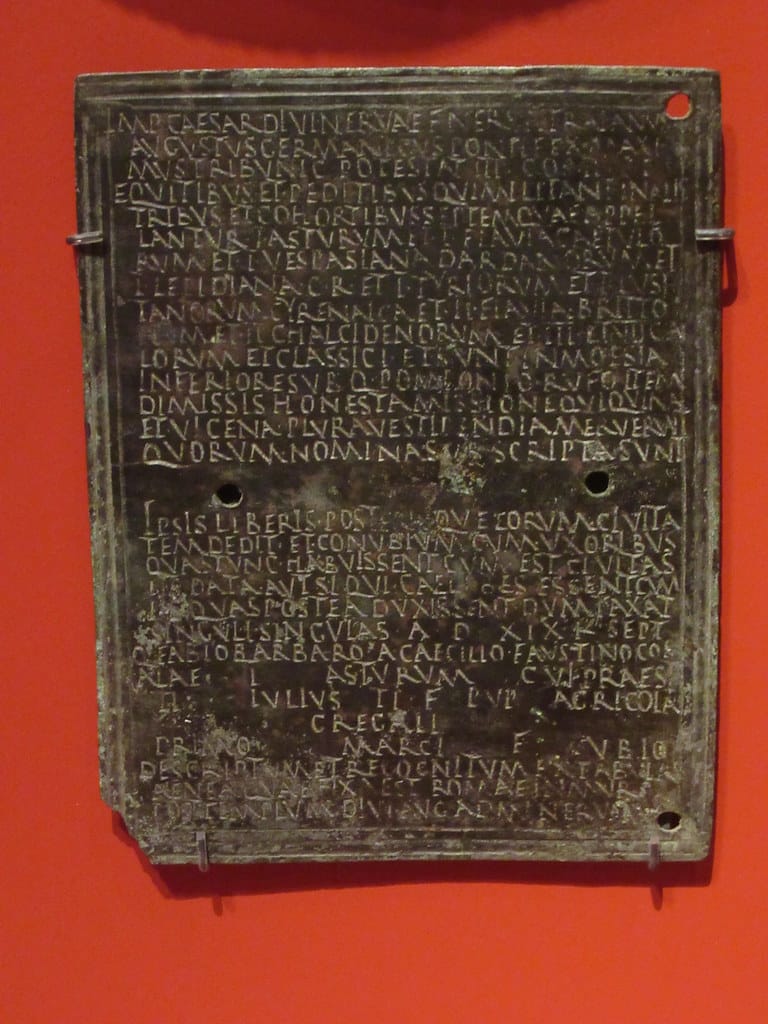Kruševac Fortress: A Medieval Stronghold in Serbia
Visitor Information
Google Rating: 4.8
Popularity: Low
Google Maps: View on Google Maps
Country: Serbia
Civilization: Medieval European
Remains: Military
History
Kruševac Fortress is located in the municipality of Kruševac, Serbia, and was built by the medieval Serbian state. The fortress emerged prominently in the late 14th century and is closely linked to Prince Lazar Hrebeljanović, one of Serbia’s most significant rulers of that era. First mentioned in 1381, the fortress likely reflects his efforts to either construct or substantially enlarge a stronghold that became the capital of his realm, known as Moravian Serbia.
During Prince Lazar’s reign, Kruševac Fortress was not only a military bastion but also the seat of his court and government. The fortress housed the church of Lazarica, dedicated to St. Stephen, which served as the court church and a spiritual center for Lazar and his domain. A charter from 1387 refers to Kruševac as the “famous city of my dominion,” highlighting its political importance under Lazar’s control.
Following the pivotal Battle of Kosovo in 1389, the fortress faced shifts in control. It was briefly captured by Ottoman forces but was soon reclaimed by the Serbs. Lazar’s son, Stefan Lazarević, governed from Kruševac for a period until 1405. After relocating the capital to Belgrade, Stefan maintained Kruševac’s strategic significance even as it ceased to be the principal seat of power.
The first half of the 15th century was marked by a succession of military occupations and disputes over Kruševac. The Ottomans occupied the fortress twice in 1413 and 1427. In 1437, Hungarian forces took control, only for the fortress to be restored to the Serbian despot Đurađ Branković in 1444. However, Ottoman conquest was finalized in 1454, ending Serbian rule at Kruševac.
Under Ottoman administration, the fortress was renamed Aladža Hisar, which translates to “Colorful City.” This name arose from the fortress’s distinctive use of diverse building materials, giving it a varied appearance. The Ottomans repurposed parts of the fortress, notably desecrating the Lazarica church and converting it into a gunpowder magazine.
Throughout the 18th and early 19th centuries, control of the fortress continued to shift among Ottoman, Austrian, and Serbian insurgent forces, reflecting the turbulent regional conflicts of that time. Ultimately, the Ottoman garrison withdrew permanently in 1833, ending several centuries of Ottoman presence.
In recognition of its historical and cultural importance, Kruševac Fortress was declared a Monument of Culture of Exceptional Importance in 1979. The site is now under the protection of the Republic of Serbia.
Remains
Today, Kruševac Fortress survives largely in fragmentary form, with only a few structures standing to illustrate its former layout and construction. The fortress was built using a mix of materials, a feature that caught the attention of the Ottomans and influenced its later name, Aladža Hisar, or “Colorful City.”
Among the most significant remains is the palace church of St. Stephen, also known as Lazarica. This building is the best-preserved part of the fortress and retains its original religious function as a symbol of Prince Lazar’s court. The church’s survival contrasts with other parts of the complex that have suffered from neglect and reuse.
Another key element still visible is the Donjon Tower, historically serving as the fortress’s main entrance. This tower includes a hallway with a staircase once used to reach the upper floors and connect to the defensive walls that surrounded the city. Architecturally notable is the tower’s use of pebbles—a construction technique uncommon in the region. This method likely contributed to the fortress being perceived as “colorful” by the Ottomans.
Only a portion of the eastern defensive wall remains, giving some sense of the fortress’s former scale and defensive layout. Unfortunately, many other sections of the walls were dismantled during the 20th century to provide building materials for local dwellings, resulting in significant loss of original fabric.
The fortress grounds have been turned into a park and include a museum, but outside the area immediately surrounding the church, maintenance has been limited. Many of the surviving walls and ruins remain unmarked and lack protection, leaving them vulnerable to damage. Despite this, the remaining structures serve as tangible links to the fortress’s complex history of construction, warfare, and cultural transformation.




